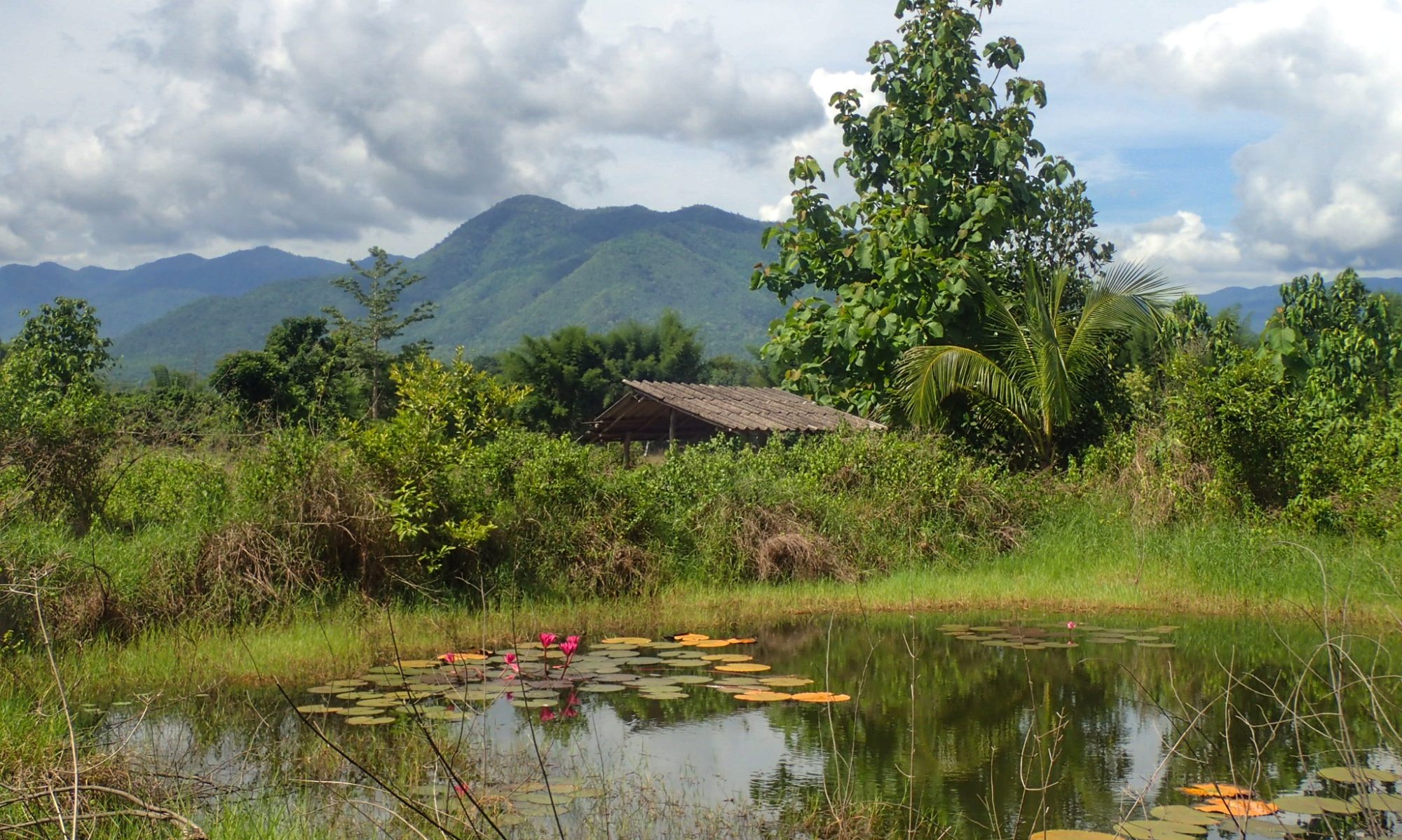Some friends have asked how do we plan where we are going to go, where to stay, and what to do?
The number one goal for us is to be open and flexible. If we love a place or its people, we will stay longer. If we learn about a new place to see, we will make a detour. If we run out of time on our visa or want a change of scenery, we’ll hop on a train and fast forward.
But a secondary goal is to be able to wake up in the morning and not have to make a plan if we don’t want to. Just be in the moment and enjoy the day.
To accomplish that, I’ve made two outlines of our trip. The first is a very general country-by-country list that includes information on the visa rules, climate, and any random notes that we’ve found about things to see, roads to ride, etc.
The second document splits up the entire trip into segments of about 100-300km. Each segment has turn-by-turn directions, specific things to see, lodging options, places to eat, etc. Most of these are empty right now and we will fill them in along the way as we meet locals and get advice.
I chose Google Docs to store these lists because it’s easily editable on my phone or laptop, and I can share it with Steve so he can edit it also. In addition, you can access and edit the docs offline so we can work on the plan even without an internet connection.
I think it’s important not to plan too much! By planning the turn-by-turn directions for the first entire year, we satisfy the second goal of allowing us to just go with the flow when we want to. By leaving the details of each segment empty and by keeping the document editable, we satisfy the first goal of allowing for spontaneous diversions and changes.
Since we don’t know what tomorrow might bring, it’s difficult to plan lodging very far ahead. But since we have camping gear with us, we have lots of options for finding last-minute places to stay, including wild camping if it comes down to it. From what we’ve heard, most campgrounds in Europe will allow cyclists to stay without a reservation, and when we can, we will book WarmShowers guest houses or other accommodations a day or two in advance.
This strategy worked really well on our last tour, so I’m hoping it keeps us happy this time around too!




































